- Home »
- Learningcenter »
- What roof pitch mean
What Does Roof Pitch Mean, and How Do You Measure It?

You'll need to learn how to measure roof slope if you're talking about a DIY project, want to know more about how buildings work, or just looking to make informed choices for your home. Have you ever looked at a roof and wondered why some are steeper than others - or how those angles are determined?
You might think roof slope talk is only for construction experts, but it's really useful and interesting for anyone who lives in a house. Roof slopes can help you make your home look better - or give you interesting facts to share, which makes it a great topic for conversation.
So, let's talk about roof slopes together - you don't even need a ladder to join in! After all, being the person at the party who can explain why roofs look the way they do is a pretty cool trick, right?
Alright, alright, well, I think it is!
What Is Roof Pitch?
You need to think about three main things to measure roof pitch correctly: rise, run, and slope. First up, to find out the rise, you just check how high the roof goes from the bottom to the top. This tells you how steep it is.
The run is pretty much the length of your roof until it starts going up. It shows you how long it is.
For each foot your roof extends sideways, the slope tells you how much it goes up, which makes it easy to see the roof's angle.
When you're kicking off a new building project or making an old one better, it's important to measure the roof's pitch, I've found. It's simple if you're starting from scratch or updating an old place. Honestly, getting these measurements right from the start can really save you from trouble later on.
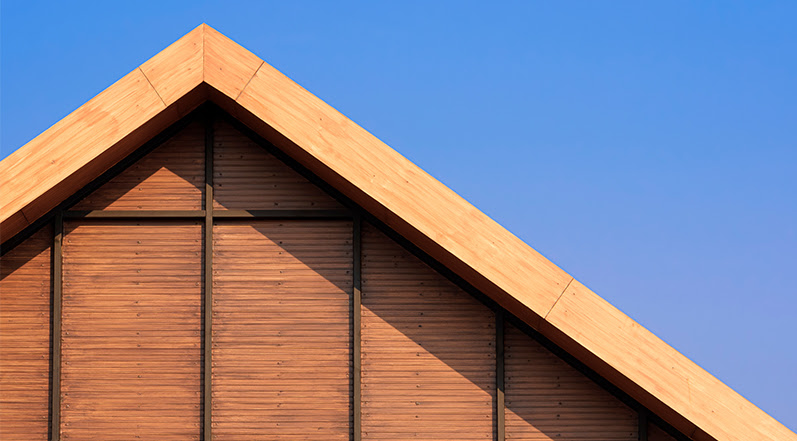
For new builds, just find out the total height, subtract the space you want for the attic to get the rise, and then divide by the run - that's the roof's middle width - to get the pitch. It might seem tough at first, but once you get into it, you'll realize it's actually doable. Besides, getting this part right makes the rest of the project go so much smoother. On top of that, knowing your roof's pitch can also help you understand what parts will work best and how to prepare for any weather conditions. Definitely worth the effort!
If the roof's already there, basically measure its rise over a 12-inch horizontal stretch outside. Or, you can measure inside the attic by taking the rise from the bottom of a roof rafter across a 12-inch span. Either way, you're pretty much good to go.
Different roof pitches suit different needs and have their own advantages and disadvantages. To give you an example, roofs with a low pitch - less than a 3/12 slope - are easier to walk on and cost less because they use less material. But, they give you little attic space and might need more maintenance. On the other hand, roofs with a steep pitch, greater than a 6/12 slope, are great at keeping water flowing off and stopping snow from building up and causing damage. They also give you extra attic space for storage or an extra room, but they're tougher and more expensive to construct Because of the extra parts and labor needed.
Learning all about roof pitch is important for making your home look and work its best, especially if you're adding to it or changing things up. While you can definitely take these measurements and find out the math yourself, I'd definitely recommend talking to an expert; they can help make sure your plans are right for your home, stay safe, and meet your needs. And, look, at the end of the day, the goal is making sure your home is as awesome as possible - in both looks and functionality.
Is There Such a Thing as a Good or Bad Roof Pitch?
You'll definitely want to talk about different roof pitches if getting into home improvement and construction catches your interest. Understanding roof pitch can really affect a building's durability, appearance, and the maintenance it will need.
Let's talk about why each of these pitches matters so much and what makes them unique.
Talking about flat roofs first - they have a slight slope, between 1/12 and 2/12, which is there to help water move toward drains, though it does so slowly. They're more accessible for repairs, but to avoid leaks, it's important to invest in high-quality waterproof parts. I'd say investing in the best parts you can is important to avoiding the regular leak issues common with flat roofs.
Let's touch on low-pitched roofs with slopes under 4:12. They present their own set of challenges and benefits. Like flat roofs, preventing water penetration is tough, and picking the right parts is important. You really need to pick parts specifically designed for low slopes to block water out; it makes an important difference.
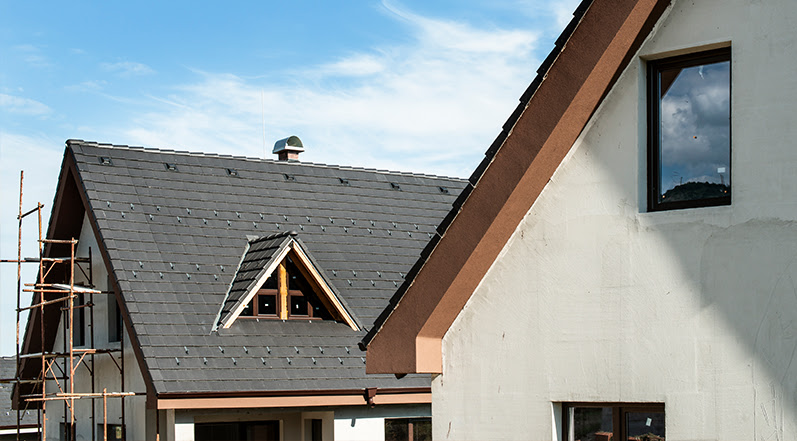
When it comes to traditional roofs that have pitches ranging from 4:12 to 9:12, they find a great balance between aesthetics, functionality, and ease of maintenance. They're popular for good reasons: they efficiently shed water and sand, and they're safe to walk on for any repairs or checks that need to be done. This pitch range is usually the favorite choice for homeowners and builders. Besides, they just look awesome - adding that special curb appeal people love.
Finally, we have high-pitched roofs, with slopes going up to 21:12. They are great at letting water and snow slide off quickly, minimizing the risk of accumulation and potential damage. Besides, they give you a lot of attic space, perfect for extra storage or converting into a living area.
But remember - the steeper the roof, the more difficult and expensive it becomes to construct and find parts for. So, keep in mind that the payoff in terms of space and durability can be definitely worth the extra effort.
How to Measure Roof Pitch On the Roof
You'll need to focus on safety first to measure the roof pitch correctly from the roof; it's important here. Before you even think about going up there, make sure you're wearing fall protection gear. Once you have your safety gear on, it's time to climb up to the roof. Remember, starting with a level that's at least 12 inches long is important to find a straight line.
To get the level just right, place one end against the roof's surface and adjust it until it's straight.
Then, let a tape measure drop straight down from the level's end to the roof - to find out how tall the roof is over a 12-inch span.
Once you've done that, working out the roof's pitch - or how steep it is - becomes pretty easy.
To give you an example, if you find that the roof goes up 4 inches for every 12 inches, your roof's pitch is 4:12. Believe it or not, this detail plays a big part in things like water runoff and the overall look of your house.
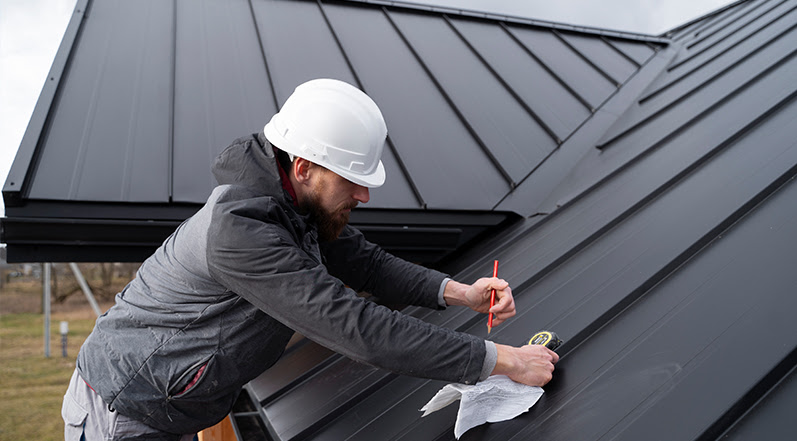
If the idea of climbing on the roof seems too dangerous, measuring from the attic is a safer alternative. Pretty useful, huh? When it comes to measuring, a combination square can save you a lot of hassle. This tool is especially useful in cramped spaces, like an attic, because it lets you quickly and easily get accurate level measurements.
Nowadays, there are apps and online calculators that can help determine your roof's pitch. If you're someone who likes to be hands-on - or just wants to double-check your findings - the important thing is to prioritize safety, be exact, and really pay attention to the construction of your roof.
Curious about those apps? Let's talk about them.
Calculating Roof Pitch With an Online Tool
To begin, you just need a tape measure to find the rise - the height of your roof at its highest point - and the run, or how far it goes across in a 12-inch section. It might look tough at first, but once you have your tape measure in hand, it becomes easier, I promise.
If you're not feeling like doing math, an online roof pitch calculator can simplify things by converting the rise and the run into your roof's slope in degrees and that x:12 ratio people talk about. It makes things easy and precise - cutting out the hard math work. This also helps you get to the next part of your project quicker so you can start seeing those improvements take shape.
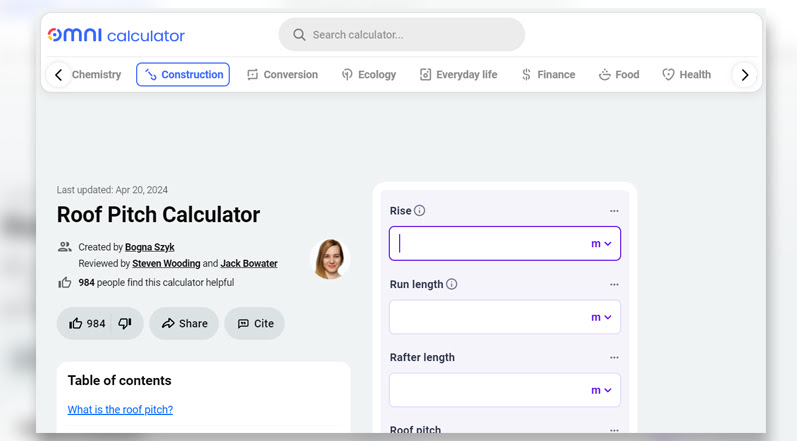
For those who enjoy a bit of a challenge, though, calculating your roof's slope in degrees of the arctangent work can be pretty involved. You'll do this by dividing the rise by the run and then figuring out the arctangent of this number to find the slope in degrees. So, it's great for both math enthusiasts and those who prefer keeping things easy, giving you that awesome sense of accomplishment.
Online tools and apps, like Pitch Gauge, are incredibly useful for making quick estimates and creating complete reports, which is fantastic for double-checking your work or planning larger projects. But it's important to remember these just help - they're not a substitute for pro advice on bigger tasks. Consulting with an expert roofer is important to make sure everything goes smoothly and your project turns out great; it shows how really important it is to combine these useful tools with real-world expert advice. On top of that, it's a super way to make sure that you get the most accurate and reliable assistance for your DIY project.
Can You Use Apps to Determine Roof Pitch?
You don't need to know everything to find out your roof's angle - it's pretty easy and super useful. Understanding specific details about your home, like the roof's angle, can totally change how your living space feels and functions.
If you're thinking about improving your place or fixing things up, knowing your roof's slope is important.

When I think about taking on a roofing project myself or wonder about changes, I always start by checking the roof's angle. A steep roof means less worry about snow piling up in winter. But, if your roof isn't very steep, you'll need to watch it more closely to prevent water damage.
Measuring your roof's slope is easier than you might imagine - and you can do it safely from inside your attic; with a level and measuring tape. This keeps you safe, off the roof, and away from any fall risks. As an example, if you're thinking about expanding your home or getting solar panels, knowing the slope is important.
This information affects the kind of mounts needed for solar panels or if you can pursue certain energy-saving additions. Besides, knowing about your roof can be a big advantage when talking to contractors. You'll be able to clearly communicate what you're looking for and understand what they suggest - setting both of you up for a smooth start. This can cut down on misunderstandings and make sure the work done matches your expectations. And honestly, that's why understanding these details is so valuable.
Why Is Roof Pitch Important?
You need to pick the right parts based on your roof's slope; this will make sure it's both tough and attractive. If your roof has a steep slope, tiles or slate are a good choice because they match strength with aesthetics really well.
For less steep roofs, metal roofing or asphalt shingles are better - helping your roof last long while still looking great.
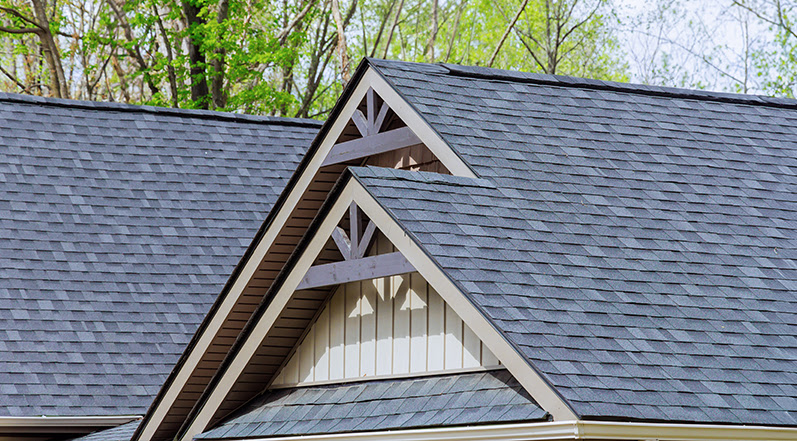
You'll need a steep roof to make water run off quickly, and this choice actually makes keeping it in good shape a lot easier. Also, you'd want to go for gutters that go well with your roof. This helps in stopping leaks and will make sure your house keeps looking great.
Going for a bigger roof does mean you're looking at higher costs at the start, since you'll need more parts. But it's actually a wise decision. You'll avoid regular repairs, increase your home's value - and improve its appearance. After all, investing a bit more initially can save you a lot in the future!
Just picture getting loads of compliments from neighbors and passersby - all of them impressed by how awesome your home looks! Seriously, imagine the pride you'll feel every time you pull into your driveway.
When you think about the change of your roof's slope on your house's appearance, you have a great opportunity to look at different styles; all sorts of slopes can turn ordinary buildings into fantastic masterpieces.
Protect The Roof Over Your Head
You need to understand how roof pitch is important because it keeps your house safe and looking nice; it also prepares it for all kinds of weather. If you're an architect or a DIY enthusiast at home, knowing your roof's pitch is important for picking suitable parts and the right design that matches your area's weather conditions and aesthetics. With the right tools and information, you can find out the roof pitch yourself. Since roof work means risks - guessing is not a good idea for your safety or your home's health.
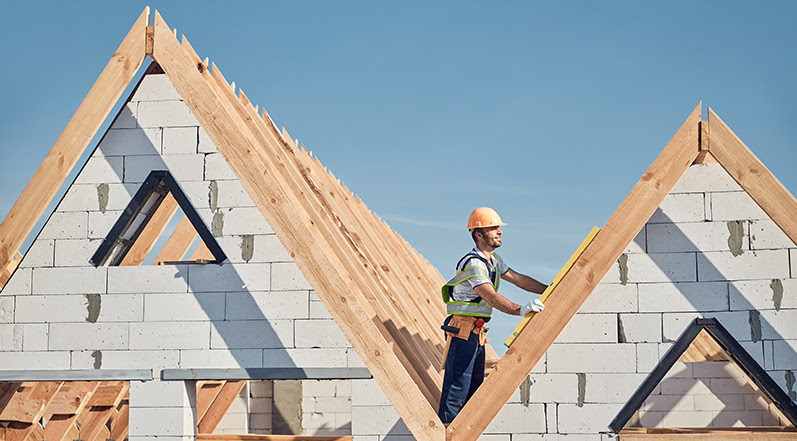
You need to know that Colony Roofers is here to offer the help you need if it's for your house or a business roof in Georgia, Florida, or Texas. We're all about giving you awesome service and advice to keep your property safe and sound. Our team is up for tackling everything from small fixes on your roof to managing big projects for businesses, and we're pretty excited about it!
Your roof is super important for keeping your place safe, energy-smart, and looking good.
We at Colony Roofers are set on delivering impressive quality and making sure you love the results. If you're on the hunt for a free roof check-up, just hit us up; we're more than happy to help.
We're thrilled to take on your roofing needs with the kind of professionalism and care you're looking for. That's our guarantee to you - and honestly, we can't wait to show off what we can do!
 Call (678) 365-3138
Call (678) 365-3138


